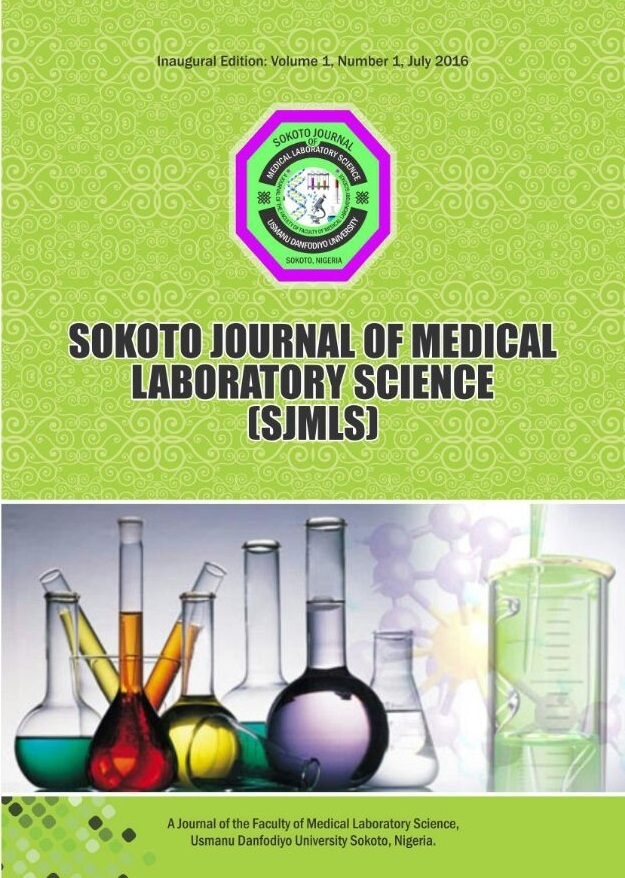Bacterial isolates and drug susceptibility patterns of ear discharge from patients with ear infection at National Ear Care Centre, Kaduna North Central, Nigeria
Keywords:
Ear Infection, Bacterial isolates, Drug susceptibility patterns, National Ear Care Centre, Kaduna, North Central, NigeriaAbstract
Discharging ear(s) has a worldwide prevalence and is more common in children. The aetiologies and antibiogram varies with age, time and geographical location. Discharging ear(s) is most commonly caused by damage to any of the sensitive part of the ear which may or may not lead to infection depending on the patient’s medical history, exposure, age, nutrition, environment and socio-economic status. This study aimed to isolate and characterize the causative agents of ear infection and their susceptibility patterns among patients attending National Ear Care Centre, Kaduna. A total of one hundred and one (101) samples from patients of all age range, both outpatients and those on admission presenting with signs and symptoms of Otitis media were taken. The samples were cultured and isolates identified using standard microbiological techniques. Antibiotic susceptibility tests were performed on bacterial isolates using the Stoke’s disc (disc diffusion method). Out of the one hundred and one samples collected from the patients with discharging ears, 77.23% incidence rate was recorded; 37.6% were children of 5 years and below, with 52.48% having unilateral ear discharge. Pseudomonas species (35.6%) were the most prevalent bacterial isolate followed by Staphylococcus aureus (31.4%). Staphylococcus epidemidis (6%), Streptococcus species (6%), Candida species (6%), E. coli (5%), Klebsiella species (5%), Proteus species (4%) and Haemophilis species (1%) were other organisms isolated. Ciprofloxacin exhibited best activity against the bacterial isolates (82.08%) followed by Gentamicin (73.58%), while Cotrimoxazole, Chloramphenicol and Cefuroxime were ineffective against the bacterial isolates. Evaluation of microbiological patterns and their antibiotic sensitivity is of great importance in prescribing empirical antibiotics for successful treatment of Otitis media and thus minimizing its complications and emergence of resistant strains.




